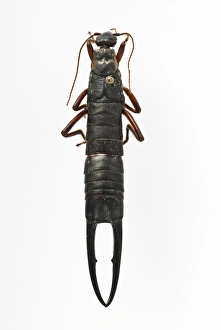Fabricius Collection
Fabricius is a name that echoes through history, with its roots deeply intertwined in Italy and Rome
All Professionally Made to Order for Quick Shipping
Fabricius is a name that echoes through history, with its roots deeply intertwined in Italy and Rome. The ancient city of Rome boasts the magnificent Pons Fabricius, a bridge built in 62 BC that still stands proudly today. This architectural marvel has witnessed centuries of Roman life, connecting the bustling streets and allowing people to traverse the Tiber River. But Fabricius is not only associated with grand structures; it also finds itself linked to peculiar creatures. One such example is the Male St Helena giant earwig, known scientifically as Fabricius. This fascinating insect captivates our imagination with its unique characteristics and mysterious behavior. Artistic endeavors have also been touched by the name Fabricius. In 1658, Barent Fabritius created an exquisite painting titled "Abraham Dismissing Hagar and Ishmael, " showcasing his artistic prowess and attention to detail. Another artwork from 1830 depicts I. A. Fabricius but leaves us wondering about the unknown creator behind this intriguing piece. The resilience displayed by individuals bearing the name they are be seen throughout history's trials and tribulations. John Leech's illustration titled "Self-possession under rather Trying Circumstances" portrays one such individual who remains composed despite challenging situations. Johann Chr. , Joh Alb. , Wilhelm - these are just some of the many distinguished figures who have carried on the legacy of this illustrious surname throughout generations, leaving their mark on various fields like science, scholarship, anatomy, surgery, classical studies, and bibliography. Lastly, we cannot forget Hieronymus Fabricius or Girolamo Fabrizio d'Acquapendente - renowned as "The Father of Embryology. " His groundbreaking work on veins' valves revolutionized medical science forevermore. A title page from his tract published in 1603 serves as a testament to his contributions to human knowledge.


















